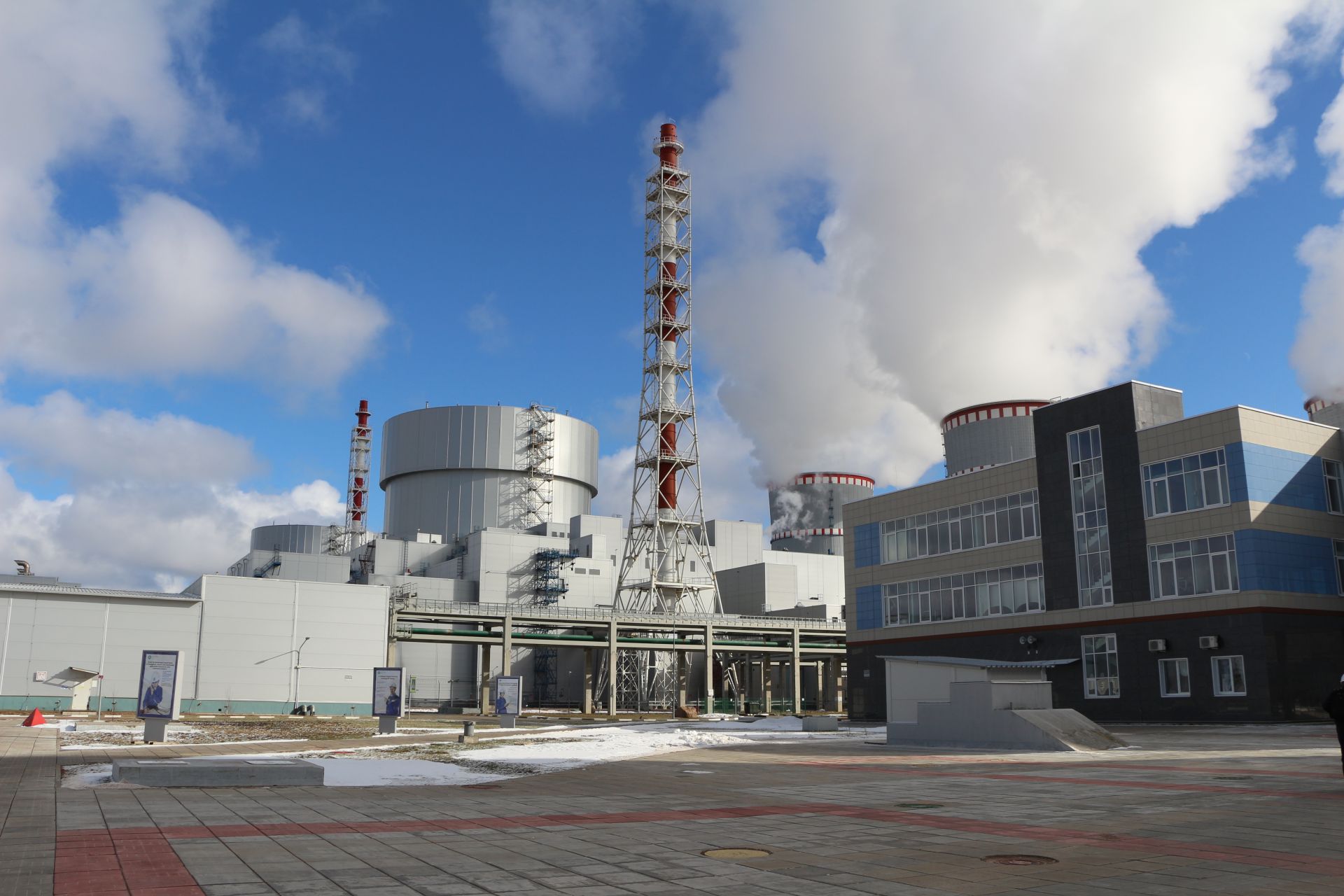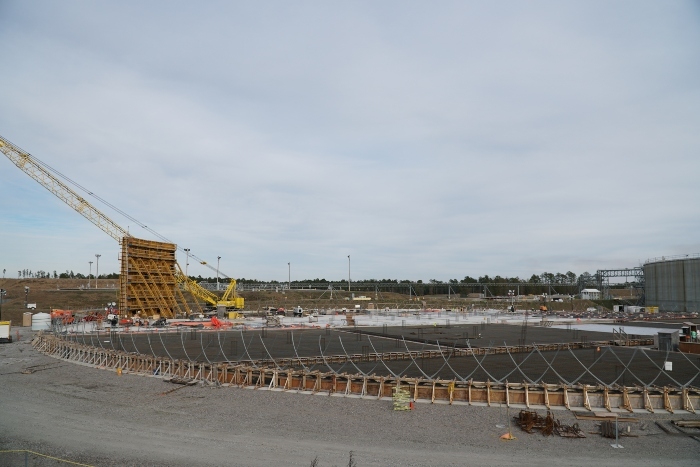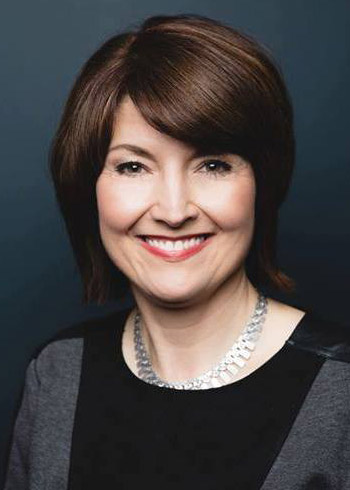Russian unit begins commercial operation

Unit II-2 at Russia’s Leningrad plant has entered commercial operation. Photo: Rosenergoatom
Unit II-2 at the Leningrad nuclear power plant entered commercial operation on March 22, bringing the total number of operating power reactors in the Russian fleet to 38, state-owned nuclear power corporation Rosatom has announced.
The 1,066-MWe unit is one of two Russian-designed Generation III+ VVER-1200 pressurized water reactors now in service at the plant, the other, Unit II-1, having begun commercial operation in October 2018. There are also two VVER-1200 units up and running at Russia’s Novovoronezh facility, and two additional VVER-1200s are scheduled for Leningrad later this decade. Further, VVER-1200 projects are afoot at the Belarusian plant in Belarus (two units), El Dabaa in Egypt (four units), Hanhikivi in Finland (one unit), and Paks in Hungary (two units).
Leningrad II-2 replaces Leningrad I-2, a 925-MWe RBMK-1000 light water–cooled graphite-moderated reactor that permanently ceased operation in November 2020 after 45 years of service.














 COVID-19 has touched our lives in many ways, affecting work, school, and homelife. The Diversity and Inclusion in ANS Committee is holding a free webinar, "Coping with COVID: The Pandemic and the Nuclear Community," on Tuesday, March 23, from 1:00 p.m. to 2:30 p.m. (EDT).
COVID-19 has touched our lives in many ways, affecting work, school, and homelife. The Diversity and Inclusion in ANS Committee is holding a free webinar, "Coping with COVID: The Pandemic and the Nuclear Community," on Tuesday, March 23, from 1:00 p.m. to 2:30 p.m. (EDT).
